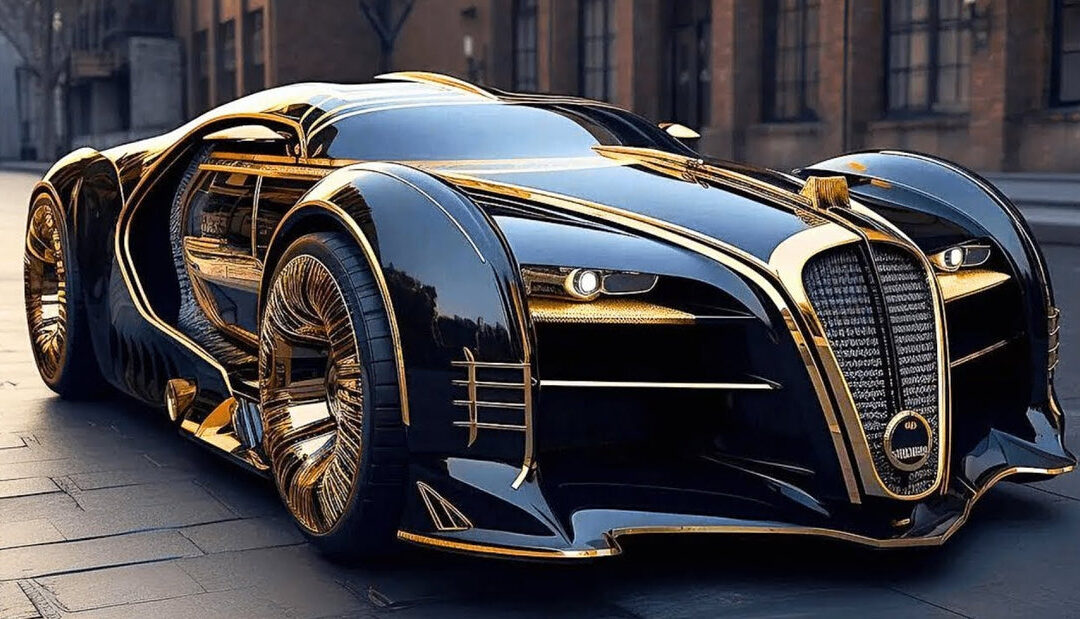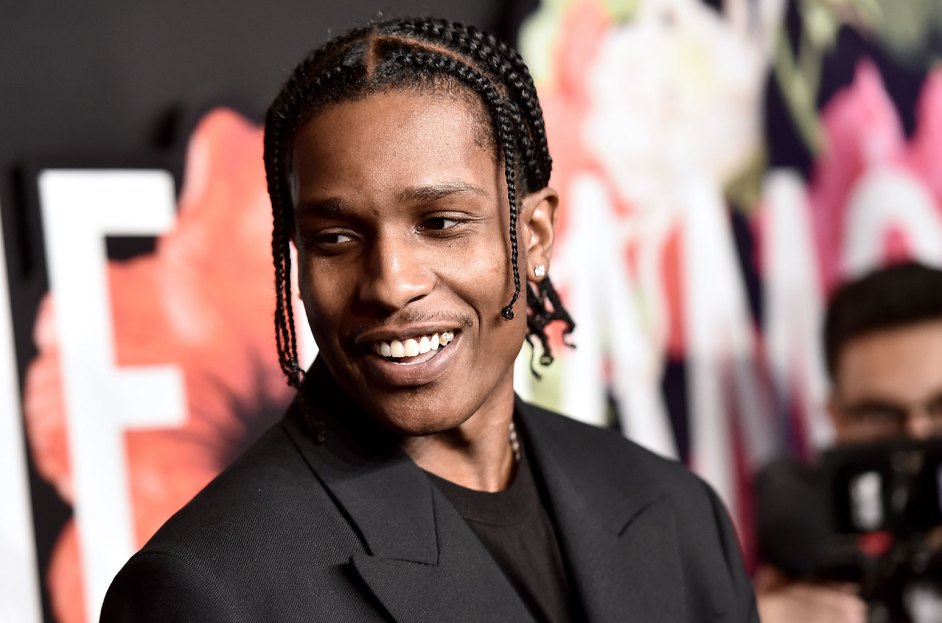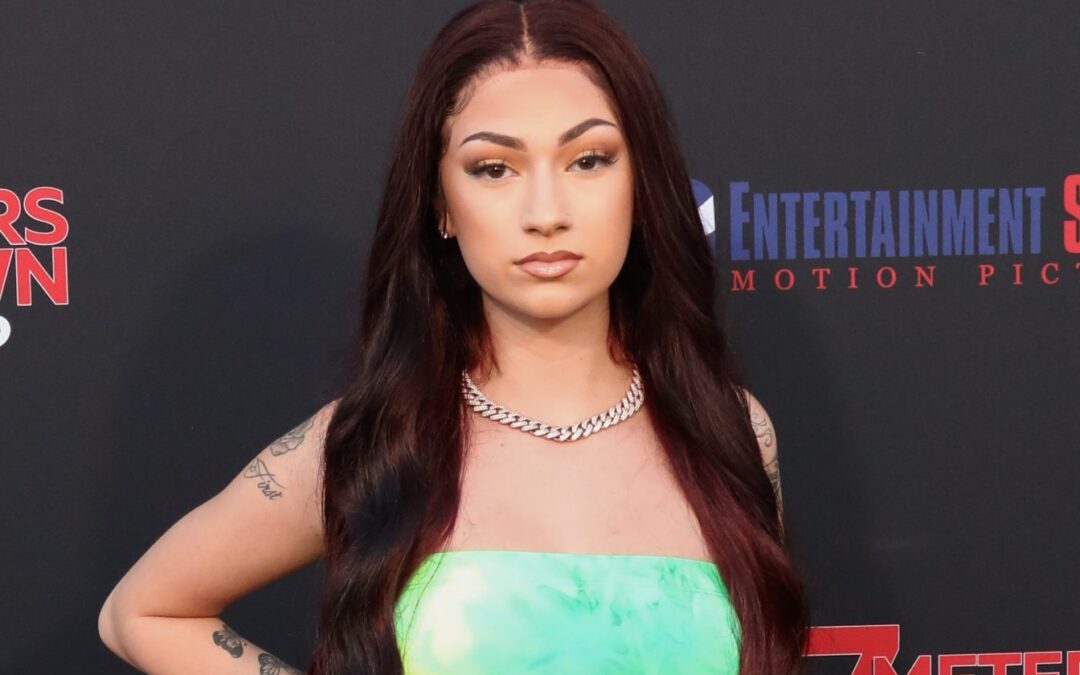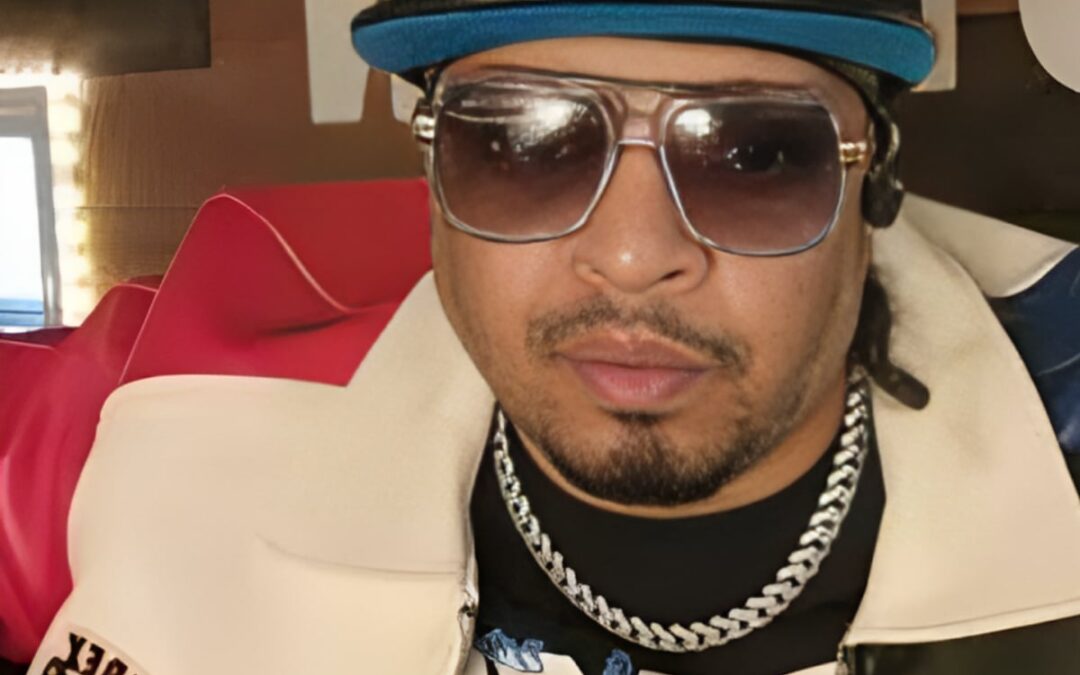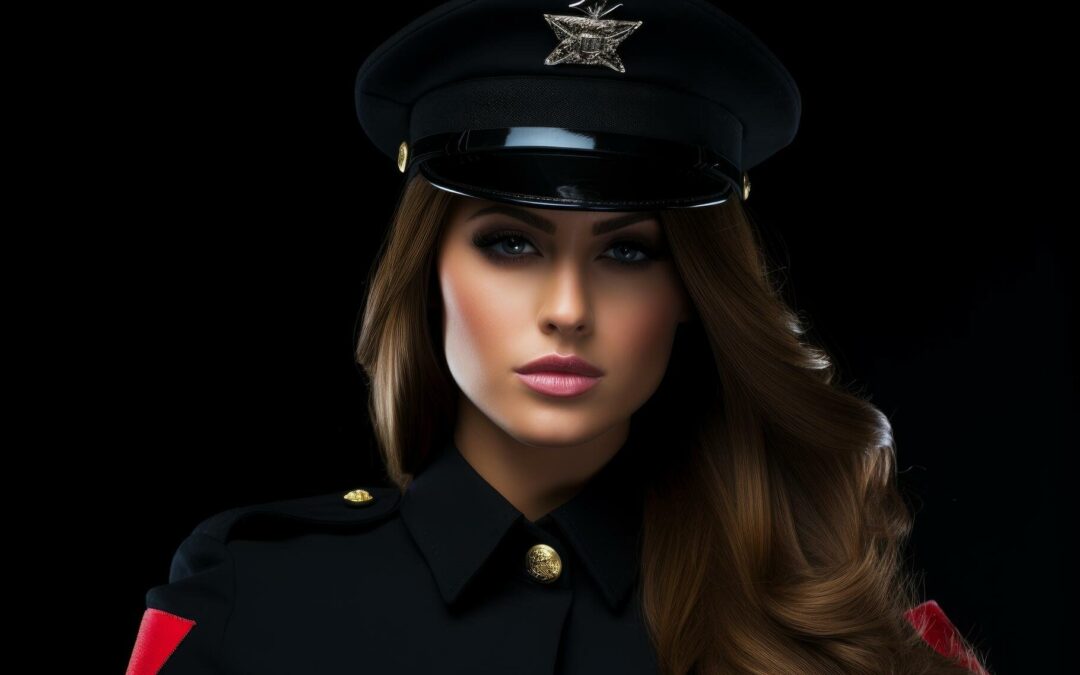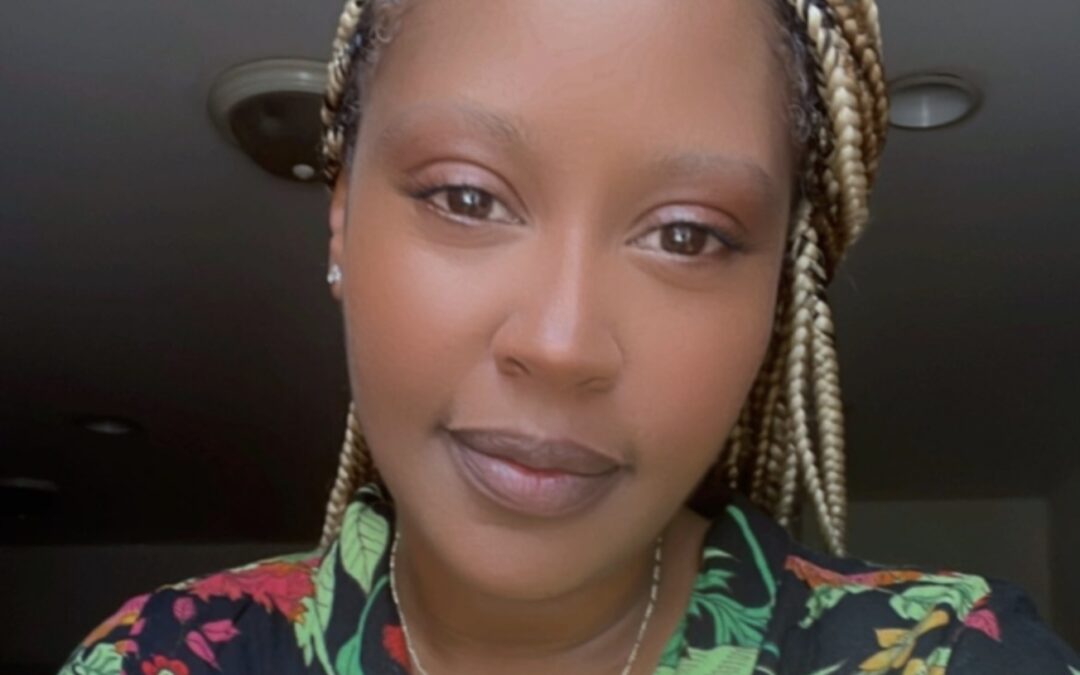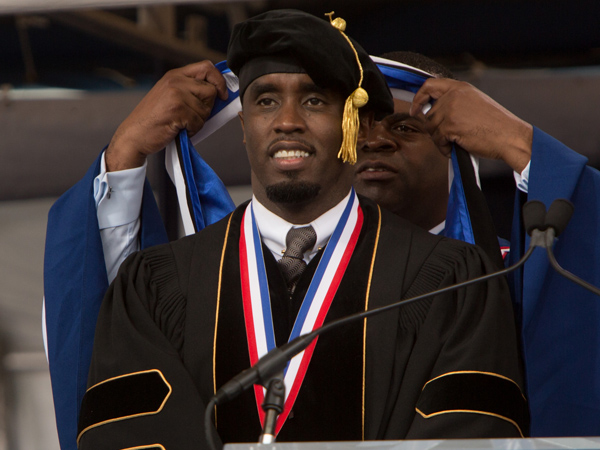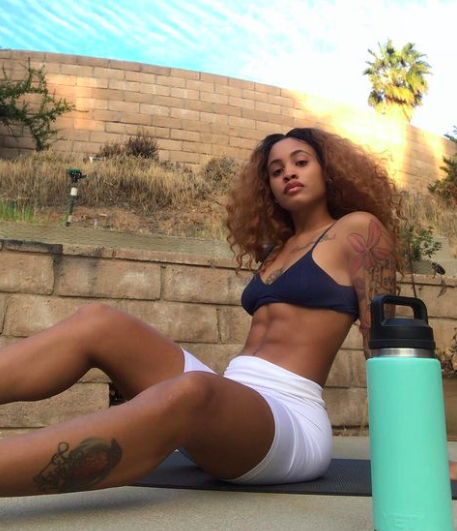[introImage id=123619 caption=”Source: Youtube @Young Thug”]
It’s 2018, and the borders between fashion and hip-hop are more blurred than ever. Yeezy is one of the biggest names in streetwear. A$AP Rocky is a common attendee of major fashion shows. Travis Scott is a brand ambassador of Nike and has his own Air Force 1 shoe. Lil Yachty is a creative designer at Nautica. Young Thug says he is fashion. We could keep going, but you get the idea. In essence, fashion has acted as an honorary fifth pillar of hip-hop, but this isn’t anything new. From the beginning of hip-hop in New York in the 70s and even earlier, people have been color-coordinating, layering, accessorizing and more as means to express themselves and celebrate their individuality.
As hip-hop emerged as a powerful cultural revolution, urban fashion played a crucial role in what that revolution looked like visually. Every emcee had their own flow, every graffiti artist had their own tag, and every B-boy or B-girl had their own style; the case was no different when it came to clothing. However, fashion was still considerably important in the birthplace of hip-hop before hip-hop music ever truly came to be.
As early as the late 60s, South Bronx was falling into a state of urban decay. Factors like wide unemployment, a lack of education and policy changes are some of the factors that contributed to spiking vacancy rates, arson, and downward spiral of the area’s livability. As a result, gang activity flared up intensely as drug dealing became rampant in the South Bronx. The members of these gangs would commonly wear customized denim vests, both as a fashion statement as well as an identifier of what street gang or club they were associated with.
As figures like DJ Kool Herc and Afrika Bambaataa ushered in the genre and culture of hip-hop, existing gang culture in The Bronx started to gravitate to more peaceful and positive outlets of expression that hip-hop offered. Much of the existing gang violence and drug sales were steadily dwarfed by battle rapping, dance-offs, graffiti, and DJ competitions. Individuality and artistic expression became increasingly important, which was illustrated by an increased importance on looking fly. The customized vest trend evolved into customized everything: sweatshirts, pant legs, T-shirts, and even shoes. For example, it was a trend to stretch, starch and relace shoelaces on Adidas sneakers for the sake of flair, but the customization game went way beyond just individual efforts. When it came to unique streetwear in the early days of hip-hop, the biggest players in the game were undoubtedly The Mighty Shirt Kings and Dapper Dan.
The Mighty Shirt Kings were a group-slash-brand that’s famous for their custom airbrushed T-shirts that exploded on the hip-hop scene in the early 80s. The group consisted of three core members: Edwin “Phade” Sacasa, Rafael “Kasheme” Avery, and Clyde “Nike” Harewood.
Phade, the effective leader of the group, was born in Brooklyn, New York, but moved with his family to The Bronx just as hip-hop was beginning to take its shape. He was inspired to take up graffiti once he saw the fun and respect his brother got from doing it. Phade got his start by tagging with markers and spray-painting trains. Once he was in college, he had a friend encourage him to take up air brushing. After some reluctance, Phade started to airbrush T-shirts, and he soon realized that his graffiti skills translated smoothly onto his new medium.
His first customer was his mother, who gave him $10 for a shirt that he originally intended to be a gift. His mother’s co-workers saw the shirt he made and wanted shirts for themselves, and soon enough, Phade was taking orders from people all over his neighborhood. As his network continued to expand, Phade visited Queens to recruit his friend and high school classmate, Kasheme, to join him in his new venture. Once Kasheme was on board, he introduced Phade to Jam Master Jay, the DJ of Run DMC. Jay was shown Phade’s work and ended up buying two shirts off of Phade and recommended that they set up a shop for their shirts. After recruiting Nike, another one of their high school classmates, as a third Shirt King, the three of them booth at the Jamaica Colosseum in Queens.
[ad type=”ad1″]
After exposure from initial star clients like Jam Master Jay, Biz Markie and LL Cool J, Shirt Kings started to become a well-known brand throughout the streets of New York. Other stars that have purchased Shirt King tees include Queen Latifah, Eric B, MC Lyte, and Public Enemy, just to name a few. In an interview with The Other, Phade explains the process behind Shirt King’s work:
Shirt King Phade is all about custom. The Shirt King brand allowed the customer to be part of the design process. By engaging the thoughts of the client, you let their creative juices flow, resulting in a one-of-a-kind piece of art. All Shirt King shirts were airbrushed one by one, giving them their authentic cultural stamp. Sometimes we would hand paint the gold chains on the characters to give them the illusion of 3d realness! With diamonds gleaming! Our Shirt King shirts were 50 dollars and up. Once idea was settled on, the shirts would take about 2 hours each. If all of us did 4 shirts a day, that would total around 15-20 shirts per day.
Since the beginning of The Mighty Shirt Kings, Kasheme has passed away and Nike moved on to tattooing at Murda Ink Tattoos in Hempstead, New York, but Phade hasn’t stopped working. Today, the Jamaica Colosseum location no longer stands, but Phade continues his work through Facebook , Instagram, and Twitter (only his Facebook is viewable by the public). Phade has done Shirt King capsule collections in collaboration with brands like Urban Outfitters and Champion in recent years, on top continuing to do custom pieces for individuals. Some of the more noteworthy names to rock the custom pieces as of late are A$AP Ferg, Pusha T, and MikeWillMadeIt.
While The Mighty Shirt Kings were establishing themselves as a quality-but-accessible source of custom streetwear in the 80s, a man known as Dapper Dan was building his own legacy as the designer boutique of street royalty. In 1982, Daniel Day opened a tailoring shop called Dapper Dan’s Boutique on Harlem’s 125th Street. Dan had originally focused on selling high-end furs out of his boutique, but after local competition strong-armed him out of the fur market, Dan opted to make his own clothes instead. Dan had spent time in Africa in the past making his own clothing, so he decided to take it up once again in his Harlem shop. Dapper Dan wanted to focus on catering to the tastes of the local African-American population, and he did so with extraordinary success by bootlegging high end clothing brands like Gucci, Louis Vuitton and Fendi and creating what he describes as “blackenized” pieces that were unlike anything seen before.
Dapper Dan started this process by purchasing manufacturing equipment from American factories that were starting to move their production overseas. Through a process of trial and error, Dan was able to use the machines to emboss logos of high-end brands onto cotton and leather to make custom pieces like jackets, coats, and jumpsuits. In an interview with Fast Company, Dapper Dan describes details of his work at the boutique:
“Everything I did was original, so the only thing that I [copied] was the logo itself, and even then, I did them in ways that had never been done before, not even by the people who owned the rights to the logos… I wanted to create designs that fit into the style of the people in my community, and when you’re creating something that has such appeal, people don’t tend to care whether the original manufacturer was making it. People knew that Dapper Dan doesn’t knock off, he knocks up.”
Day says that his first high-profile guests weren’t actually hip-hop artists, but gangsters. He claims that the hustlers’ revolutionary spirit and deep pockets made them the trendsetters of Dapper Dan’s luxury street apparel. After the hustlers came the athletes, until eventually rappers started to trickle into his boutique with the new money that they were coming into. Once they did, his custom pieces became sensational in the hip-hop world: LL Cool J, Eric B., Rakim, Big Daddy Kane, Biz Markie and Salt-N-Peppa could all be seen in publications and photos rocking pieces with Dapper Dan’s distinct flare. Big Daddy Kane even had the interior of his car customized with Gucci-branded upholstery, thanks to Dapper Dan. Since all of the pieces he made were custom, hip-hop icons were able to bring their vision and style to the table for Dapper Dan to work with. The synergy created something that was both high fashion but distinctly urban.
[ad type=”ad2″]
In August 1988, Daniel Day ran into trouble after an incident that took place at his Harlem boutique brought the attention and scrutiny Fendi, one of the brands he was bootlegging at the time. The incident involved a brawl between Mike Tyson and Mitch Green in the shop at 5 a.m. when Tyson was picking up a custom white leather jacket. The brawl created headlines in the news, and it wasn’t long until Fendi’s legal team moved in to put a halt to Dapper Dan’s operations. Day was forced to shut down once his store was raided by Fendi’s lawyer, and he lost nearly everything in the process. Day had the option of paying a maximum of a $5,000 fine if he negotiated with lawyers, but his unwillingness to compromise led him to effectively end his business. Still, Dapper Dan didn’t disappear completely. Dapper Dan is said to have continued his operations underground with his son and grandson out of a brownstone in Harlem after the closure of his storefront. “I was underground,” Dan tells Fast Company. “I wasn’t available to the mainstream media, but all the rappers and hustlers knew where to find me, yeah. I was the best-kept secret for a long time.”
Dapper Dan didn’t stay underground forever. As high-fashion brands have begun to broaden their style to encompass themes present in hip-hop and urban style within the past decade, Gucci recently did an homage (or rip-off, depending on how you see it) of a coat Dapper Dan made for Olympic gold medalist Diane Dixon in 1989 in their Gucci Cruise 2018 collection.
Rather than producing another conflict, the revisited Dapper Dan piece by Gucci acted as a catalyst for a collaboration between the two entities. The collaboration takes the form of an atelier run by Dapper Dan in Harlem, where Gucci will be supplying him with all the fabrics he uses and giving him creative liberty in his work, as long as it falls within the context of the Gucci brand. His new shop is no longer on 125th Street where his original shop was, but rather a secret location that is only available to select VIPs. Gucci’s partnership with Dapper Dan is part of a larger effort by the company’s new CEO, Marco Bizzarri, to reinvigorate itself in a changing world of fashion. In a description of the company before his arrival, Bizzarri tells Fast Company ““The company was really losing speed and was a little bit dusty… There was too much emphasis on heritage. I wanted to move the company to be more inclusive, more joyful, full of more energy.”
In a way, Bizzarri’s comments are proof that Dapper Dan’s work was ahead of its time. In the documentary Fresh Dressed, rap legend Nas expressed his opinion that Dapper Dan should have been hired by one of the high fashion brands he was emulating rather than being shut down and put out of business. Dapper Dan’s Instagram illustrates how he is still very active in the fashion world, continuing the work he started in Harlem in the 1980s but with a modern consciousness in his approach.
As hip-hop and fashion continue to evolve, new artists and visionaries are constantly sprouting up, like Black Picasso. Black Picasso is an artist based in Boston, Massachusetts who is known for blending painting, hip-hop, and fashion to create art both on clothing and on canvas. Some of his most popular work comes in the form of denim jackets customized for clients, much like what Dapper Dan and the Shirt Kings have done in the past. Figures like Drake and DJ Akademiks have recognized his talent and showcased it on their social media.
Artists like Black Picasso, Dapper Dan and The Mighty Shirt Kings show how the combination of fashion and hip-hop creates an environment where rules are constantly being bent and broken. Even so, the discussed examples show a reflection of something familiar within the culture of hip-hop at large, which allows their audiences to connect with their art on an intimate level. This dynamic is expressed eloquently by Dapper Dan in an interview with GQ when describing his shifting customer base.
”Listen, I’m not creating a line. The beauty of everything that I’ve ever done is that each garment is a part of everybody’s mind, as their mind move and their feelings move—I’m moving with that. That’s what gave me longevity.”



